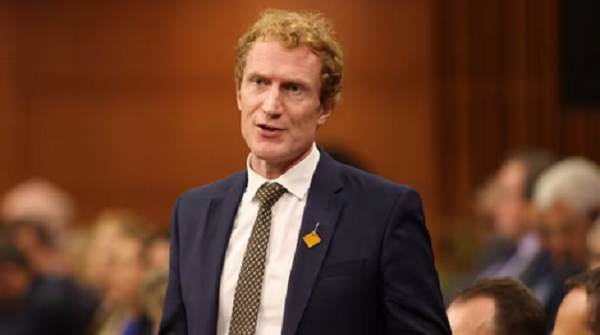Federal workers received higher overtime pay amid surge in head counts
While the number of federal civil servants has surged over the past eight years, Ottawa has still had to fork out $9.2-billion in overtime pay in that period, with such compensation at some departments growing faster than overall salaries, newly released documents show.
Last year, the federal government paid more than $1.26-billion in overtime to public-sector workers. That was down from more than $1.48-billion in 2022, but still reflected a 50-per-cent increase from 2017.
The new details about civil-servant overtime pay were released this week in a parliamentary order paper in response to questions submitted by Conservative MP Earl Dreeshen, reflecting intense scrutiny on the federal government over its level of hiring and spending.
The documents, which cover the period from 2016 to June of this year, include revelations about how much key departments are shelling out to their workers in extra pay, even as the number of workers rose sharply and federal spending on outsourcing ballooned.
The Canada Revenue Agency, for example, paid $59-million in overtime last calendar year, having exceeded that amount every year since 2021. That amount was also more than double the CRA’s overtime bill of $26-million in 2016.
Over that period, the CRA’s head count climbed by roughly 50 per cent, according to numbers published by the Treasury Board of Canada Secretariat. Meanwhile, total salaries at the CRA increased by 61 per cent, according to the Office of the Parliamentary Budget Officer’s online personnel expenditure tool, which covers up to the fiscal year ending March, 2023.
The documents state the amounts at CRA may include overtime from previous years and retroactive salary adjustments, but do not break out those amounts.
Likewise, overtime payments made by Employment and Social Development Canada were $43-million last year, though that figure topped $110-million in 2023. As of June this year, ESDC employees had racked up $64-million in overtime for the year – despite a 65-per-cent increase in the number of employees since 2017.
Regular and civilian members of the RCMP account for the largest share of the federal government’s overtime bill. Last year, overtime costs at the police force hit $444-million, which was down from $500-million in 2022 but an increase of more than 80 per cent since 2016.
The RCMP did not respond by deadline to questions about its overtime payments.
The new overtime numbers reveal the need for a “broader review of federal administrative spending, performance and reporting,” said Kevin Page, chief executive officer of the Institute of Fiscal Studies and Democracy at the University of Ottawa.
The growth in overtime spending in some departments raises questions about the federal government’s accountability in how it manages programs, he said, as well as concerns about particular payments to individuals.
For each department, the documents show the number of employees collecting more than $10,000 in overtime each year as well as the highest individual such payment.
For example, in 2022, an employee at the Public Health Agency of Canada collected more than $249,000 for overtime work, while last year, a member of the RCMP took in close to $243,000.
Treasury Board President Anita Anand’s office referred questions about the government’s overtime bill to the Treasury Board of Canada Secretariat.
Rola Salem, a spokesperson for the Treasury Board Secretariat, said in a written statement that overtime payments as a share of total salary have “remained stable in most organizations, except during the pandemic years when more overtime was worked,” and that “managers are expected to make reasonable efforts to avoid excessive overtime.”
Critics of the growth in the size of the federal civil service under Prime Minister Justin Trudeau argue that service improvements have not kept pace with Ottawa’s head count, while some economists warn that the growth rate is not sustainable.
This article was first reported by The Globe and Mail













